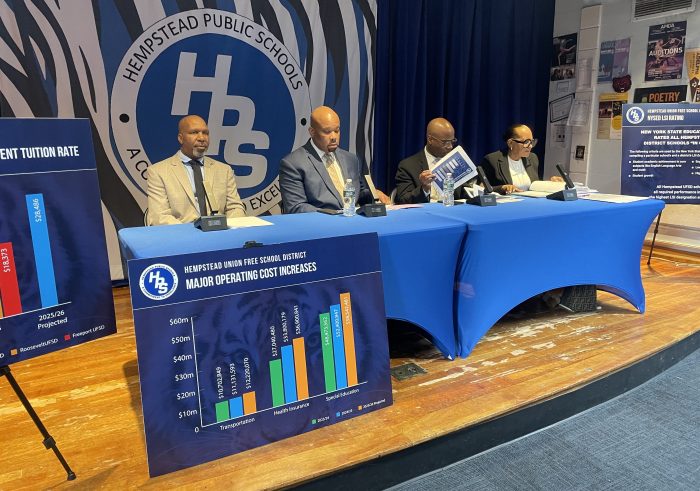Many people think that the time on their cell phone, clock, or watch is accurate, but Uniondale-based Frequency Electronics, Inc. makes atomic clocks capable of precision timing that makes a Rolex look cheap.
Founded 58 years ago by Martin Bloch, Frequency uses a metal called rubidium to make clocks that are accurate within nanoseconds or millionths of a second. The company, which employs about 150 on Long Island, takes that second hand, essentially, and slices time into smaller increments used for everything from aircraft to satellites.
“They’re not inexpensive for space applications,” says Frequency Electronics CEO Dr. Stanton Sloane, whose clients include large aerospace and defense companies. “For space, you have to survive radiation. They can be a couple of million dollars.”
These small boxes — sized anywhere from a “D” battery to a shoebox — let companies track the silent drumbeat of time at levels difficult to imagine. To understand Frequency, it helps to understand the way watches work. Some measure mechanical movement, while digital watches use what’s known as an oscillator.
When NASA recently shot a satellite into deep space, it did it with a Frequency device called a stable oscillator to help with a mercury ion clock.
“When you have atomic clocks, you almost always have a crystal oscillator for short-term stability,” Sloane says. “The heart of a crystal oscillator is the quartz crystal itself. We produce those in-house, starting with raw bars of quartz … The same thing with rubidium.”
Rubidium, which has medical uses, is the main building block for many of Frequency’s products because of the element’s structure and stability.
“It has particular spectrum that are useful for measuring transitions and frequency,” Sloane says. “Rubidium clocks are accurate to better than 100 nanoseconds per day. Our rubidium atomic clocks are accurate to approximately 1 second in 10 million years.”
Some products are available in standard orders, but many clocks are customized with different frequency outputs, sizes, and power outputs. And the company is ever trying to be more precise.
“We’re developing a pulsed optically pumped rubidium clock,” Sloane says. “A conventional rubidium clock uses a lamp that stimulates the rubidium. The pulsed optically pumped clock uses a laser to stimulate the rubidium. It has much better performance.

































